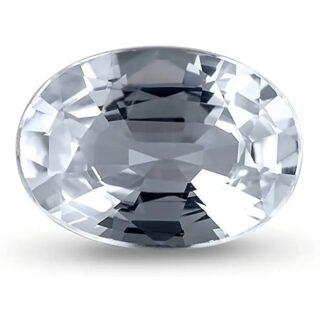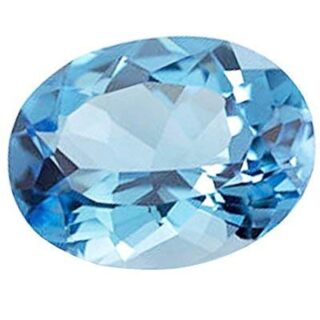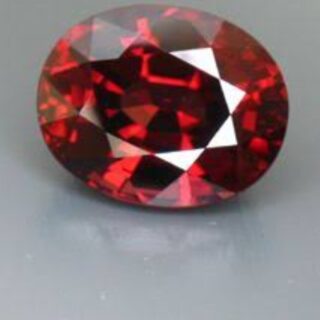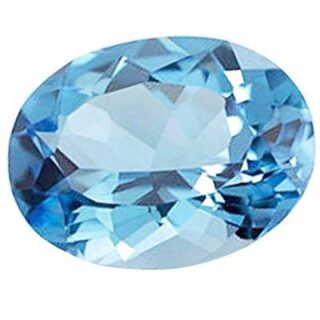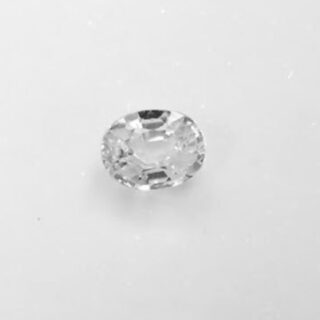Category: Gem
Gem
Showing 145–153 of 153 results
-
TOPAZ
₹870Add to cartIt brings abundance and prosperity to its wearer.
It is a powerful stone that aids in spiritual understanding.
Wearing a yellow topaz will benefit the health of the stomach area. It is said to be an effective healing stone within this chakra and is excellent for liver, kidney and bladder problems or imbalances. -
TOPAZ
₹2699Add to cartIt brings abundance and prosperity to its wearer.
It is a powerful stone that aids in spiritual understanding.
Wearing a yellow topaz will benefit the health of the stomach area. It is said to be an effective healing stone within this chakra and is excellent for liver, kidney and bladder problems or imbalances. -
ZIRCON
₹565Add to cartZircon occurs in an array of colors. Its wide and varied palette of yellow, green, red, reddish brown, and blue hues makes it a favorite among collectors as well as informed consumers.
Zircon crystals grow in many different types of rock and possess a range of optical and physical properties.
Some zircons—usually green ones—display much lower values for these properties than others. Scientists have determined that the crystal structures of these gems were almost completely broken down by radioactive elements—often present in zircon as impurities—that damaged the gems’ crystal structure over long periods of geological time.
Some gemologists classify zircons into three types—high, intermediate, and low. A zircon’s classification depends on its properties, which are directly related to the amount of radiation-induced damage done to its crystal structure.
High or normal zircons have full crystal structures, with little or no damage from radioactive elements. As a result, they have the normal physical and optical properties associated with the mineral.
-
ZIRCON
₹2300Add to cartZircon occurs in an array of colors. Its wide and varied palette of yellow, green, red, reddish brown, and blue hues makes it a favorite among collectors as well as informed consumers.
Zircon crystals grow in many different types of rock and possess a range of optical and physical properties.
Some zircons—usually green ones—display much lower values for these properties than others. Scientists have determined that the crystal structures of these gems were almost completely broken down by radioactive elements—often present in zircon as impurities—that damaged the gems’ crystal structure over long periods of geological time.
Some gemologists classify zircons into three types—high, intermediate, and low. A zircon’s classification depends on its properties, which are directly related to the amount of radiation-induced damage done to its crystal structure.
High or normal zircons have full crystal structures, with little or no damage from radioactive elements. As a result, they have the normal physical and optical properties associated with the mineral.
-
ZIRCON
₹11500Add to cartZircon occurs in an array of colors. Its wide and varied palette of yellow, green, red, reddish brown, and blue hues makes it a favorite among collectors as well as informed consumers.
Zircon crystals grow in many different types of rock and possess a range of optical and physical properties.
Some zircons—usually green ones—display much lower values for these properties than others. Scientists have determined that the crystal structures of these gems were almost completely broken down by radioactive elements—often present in zircon as impurities—that damaged the gems’ crystal structure over long periods of geological time.
Some gemologists classify zircons into three types—high, intermediate, and low. A zircon’s classification depends on its properties, which are directly related to the amount of radiation-induced damage done to its crystal structure.
High or normal zircons have full crystal structures, with little or no damage from radioactive elements. As a result, they have the normal physical and optical properties associated with the mineral.
-
ZIRCON
₹2750Add to cartZircon occurs in an array of colors. Its wide and varied palette of yellow, green, red, reddish brown, and blue hues makes it a favorite among collectors as well as informed consumers.
Zircon crystals grow in many different types of rock and possess a range of optical and physical properties.
Some zircons—usually green ones—display much lower values for these properties than others. Scientists have determined that the crystal structures of these gems were almost completely broken down by radioactive elements—often present in zircon as impurities—that damaged the gems’ crystal structure over long periods of geological time.
Some gemologists classify zircons into three types—high, intermediate, and low. A zircon’s classification depends on its properties, which are directly related to the amount of radiation-induced damage done to its crystal structure.
High or normal zircons have full crystal structures, with little or no damage from radioactive elements. As a result, they have the normal physical and optical properties associated with the mineral.
-
ZIRCON
₹3825Add to cartZircon occurs in an array of colors. Its wide and varied palette of yellow, green, red, reddish brown, and blue hues makes it a favorite among collectors as well as informed consumers.
Zircon crystals grow in many different types of rock and possess a range of optical and physical properties.
Some zircons—usually green ones—display much lower values for these properties than others. Scientists have determined that the crystal structures of these gems were almost completely broken down by radioactive elements—often present in zircon as impurities—that damaged the gems’ crystal structure over long periods of geological time.
Some gemologists classify zircons into three types—high, intermediate, and low. A zircon’s classification depends on its properties, which are directly related to the amount of radiation-induced damage done to its crystal structure.
High or normal zircons have full crystal structures, with little or no damage from radioactive elements. As a result, they have the normal physical and optical properties associated with the mineral.
-
ZIRCON
₹1799Add to cartZircon occurs in an array of colors. Its wide and varied palette of yellow, green, red, reddish brown, and blue hues makes it a favorite among collectors as well as informed consumers.
Zircon crystals grow in many different types of rock and possess a range of optical and physical properties.
Some zircons—usually green ones—display much lower values for these properties than others. Scientists have determined that the crystal structures of these gems were almost completely broken down by radioactive elements—often present in zircon as impurities—that damaged the gems’ crystal structure over long periods of geological time.
Some gemologists classify zircons into three types—high, intermediate, and low. A zircon’s classification depends on its properties, which are directly related to the amount of radiation-induced damage done to its crystal structure.
High or normal zircons have full crystal structures, with little or no damage from radioactive elements. As a result, they have the normal physical and optical properties associated with the mineral.
-
ZIRCON
₹8099Add to cartZircon occurs in an array of colors. Its wide and varied palette of yellow, green, red, reddish brown, and blue hues makes it a favorite among collectors as well as informed consumers.
Zircon crystals grow in many different types of rock and possess a range of optical and physical properties.
Some zircons—usually green ones—display much lower values for these properties than others. Scientists have determined that the crystal structures of these gems were almost completely broken down by radioactive elements—often present in zircon as impurities—that damaged the gems’ crystal structure over long periods of geological time.
Some gemologists classify zircons into three types—high, intermediate, and low. A zircon’s classification depends on its properties, which are directly related to the amount of radiation-induced damage done to its crystal structure.
High or normal zircons have full crystal structures, with little or no damage from radioactive elements. As a result, they have the normal physical and optical properties associated with the mineral.


